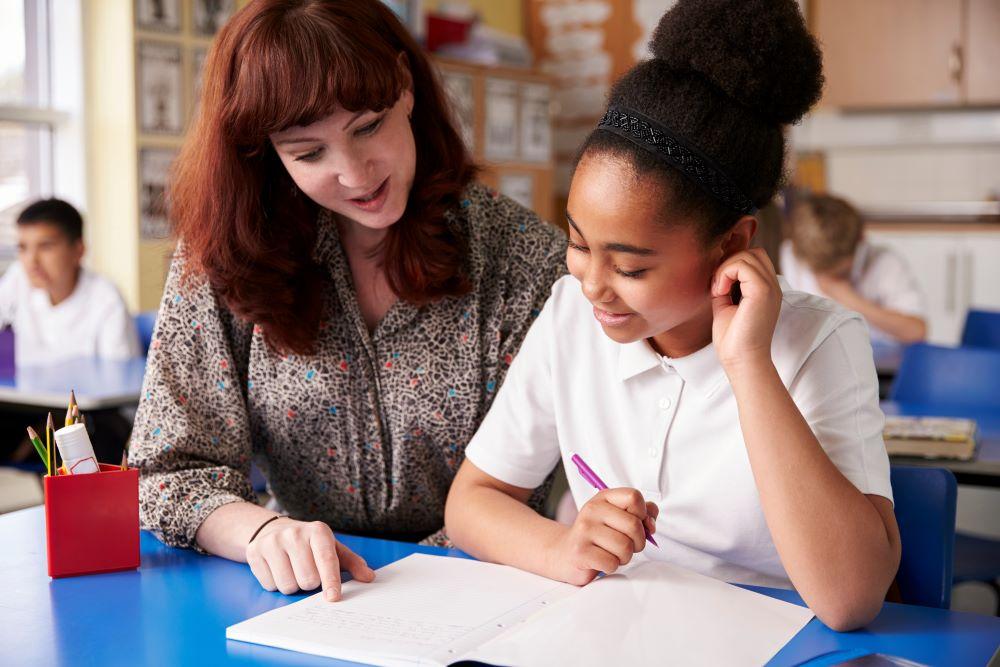When we spoke to educators for our Generation catch-up 2.0 research, one issue repeatedly came up as a major barrier to learning: behaviour.
In fact, 31% of the 9,000 teachers we surveyed said pupil behaviour has the greatest negative impact on learning outcomes. But behind this statistic lies more complex challenges.
Understanding the root causes of poor behaviour
At ONE Academy Trust, post-pandemic learning has been marked by a clear noticeable increase in poor behaviour post covid – especially among learners in Years 2 and 3. Many of these issues were routed in deeper social and emotional needs.
The team began to spot patterns; where a child was struggling in the curriculum often correlated with instances of poor behaviour In many cases, difficulties with speech, language or communication led to frustration which would spill over into behaviour issues. Addressing these underlying needs, rather than just the behaviour itself, means the trust has been able to support pupils more effectively – and see a change in behaviour.Creating space for de-escalation
Understanding the links between behaviour and pupil wellbeing is key to understanding student. Cultivating environments where children can regulate themselves in incidents with the potential to escalate, has been vital for schools within Mossbourne Federation.
Here, teachers are encouraged to reflect on whether they are the best person to support a specific child in a challenging moment – and if not, to seek out a colleague who can help de-escalate the situation. Giving children space to step away from a situation and the support to reflect has helped prevent incidents from escalating, creating calmer, more compassionate classrooms.

Responding with compassion and structure
St Thomas More Primary School takes a trauma-informed approach to behaviour. Staff have been trained to respond with empathy while maintaining clear boundaries – an approach that is easy on the child but firm on the boundary.
This has helped children the time and space to reflect on their behaviour, the children became more regulated. The school’s in-house nurture provision plays a key role in this.
Open every morning, it provides a safe space for pupils who find the classroom environment overwhelming, without removing them from learning.
Developing learner’s resilience
At Shirestone Academy the focus is on building emotional literacy, self regulation and resilience. By using the MyHappyMind programme, the school has seen real progress in pupils’ ability to manage their emotions and make better behaviour choices.
The examples shared by school leaders in our Generation Catch-up 2.0 report reflect a wider truth: behaviour is rarely just about rules and consequences. It's about relationships, environments, and meeting children where they are — especially after years of disruption.
With the right support in place, and by investing in whole-child approaches, schools can turn behaviour challenges into opportunities for growth, learning, and connection.
To read the full Generation Catch-up 2.0 report — and explore insights from over 9,000 educators — click here.

